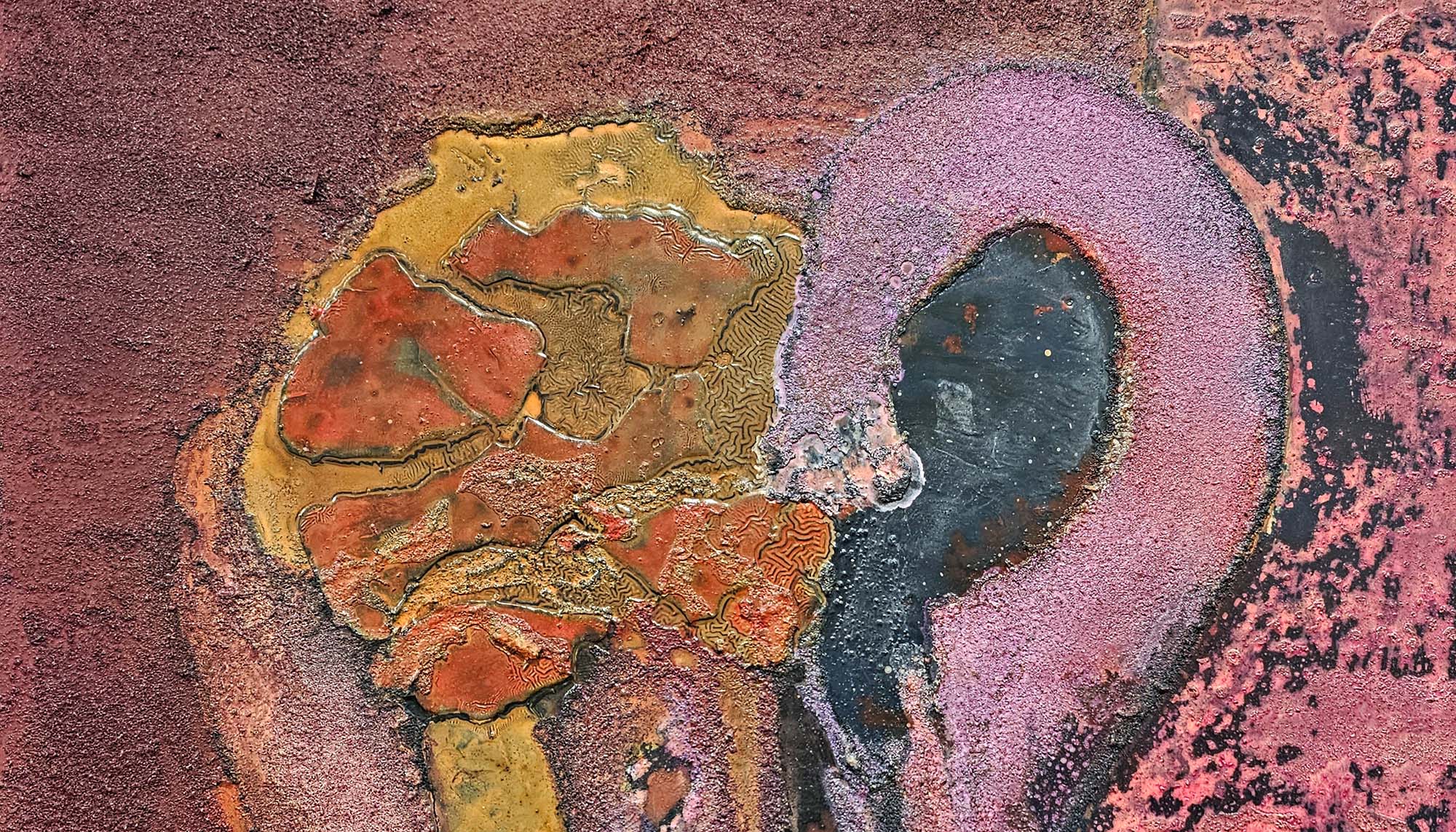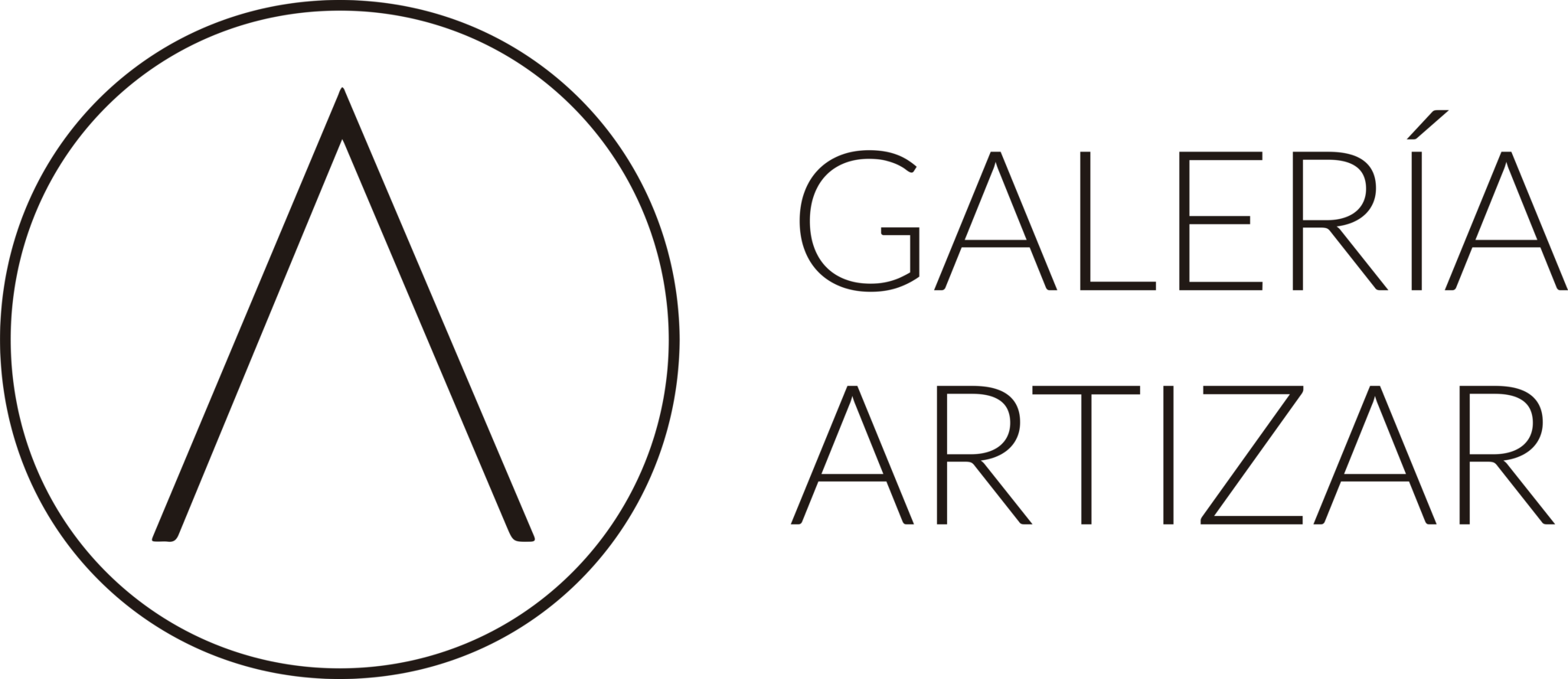CÉSAR MANRIQUE
LANZAROTE, 1919 – LANZAROTE, 1992

César Manrique (1919-1992) was born in Arrecife, Lanzarote, an island where his artistic career has left indelible traces.
After finishing his studies at the Academia de Bellas Artes de San Fernando in Madrid (where he lived from 1945 to 1964), he frequently exhibited his paintings both in Spain and abroad. In the first half of the fifties, he delves into non-figurative art and investigates the qualities of matter until it becomes the essential protagonist of his compositions, thus linking himself to the Spanish informalist movement of those years.
Formalized with a material and abstract expression, the plastic imaginary of his pictorial production comes from the impressions of the volcanic landscape of Lanzarote, which the artist transmutes into a kind of non-realistic naturalism that is not born from the copy of the natural but from his emotional understanding: “I try to be the free hand that forms geology”, he wrote.
In 1964, he moved to New York, where he had three solo exhibitions at the Catherine Viviano Gallery. His direct knowledge of American abstract expressionism, pop art, new sculpture and kinetic art provided him with a visual culture that was fundamental to his later creative trajectory.
In the mid-sixties, coinciding with his transfer of residence to Lanzarote, César Manrique promoted a series of artistic projects of spatial and landscape character on the island, novel for the time, where he reflected his plastic and ethical thinking. It is a set of actions and interventions aimed at enhancing the landscape and natural attractions of the island, which will shape its new face and its international projection, and that is part of the landscape transformation and adaptation of Lanzarote to the tourism economy.
Thus, he developed a new aesthetic ideology, which he called art-nature/nature-art, in which he integrated different artistic manifestations, which he was able to materialize in his landscape works, a unique example of public art in Spain: Jameos del Agua, Mirador del Río, Jardín de Cactus, Timanfaya, etc. They are fundamentally interventions linked to the tourist industry, to which Manrique imprints an economic and social functionalism unheard of in Spanish artistic culture. Works of this nature were also carried out by Manrique on other islands and outside the Canary archipelago – overlooks, gardens, conditioning of degraded spaces, renovation of the coastline… -, in which he maintains his basic characteristic features: respectful dialogue with the natural environment and between the architectural values of local tradition and modern conceptions.


